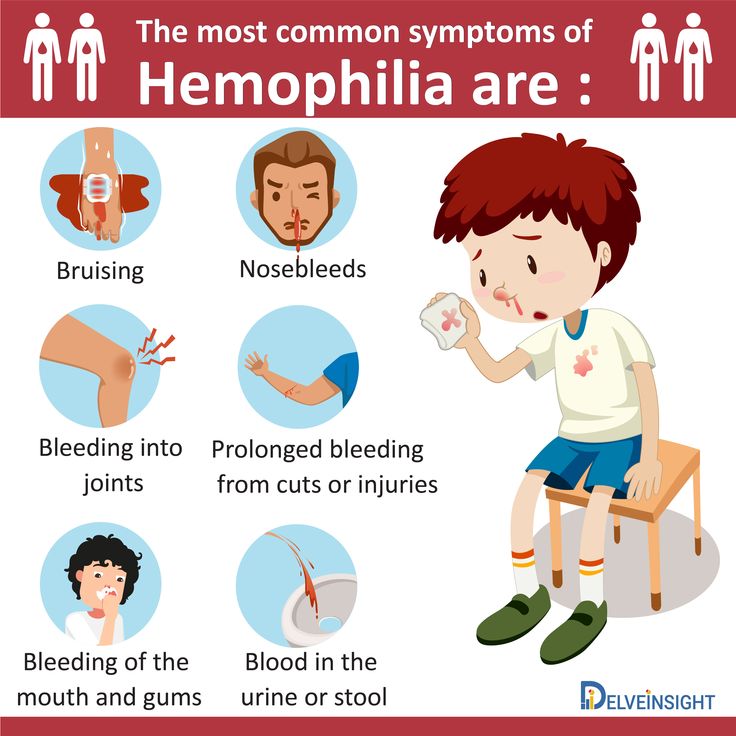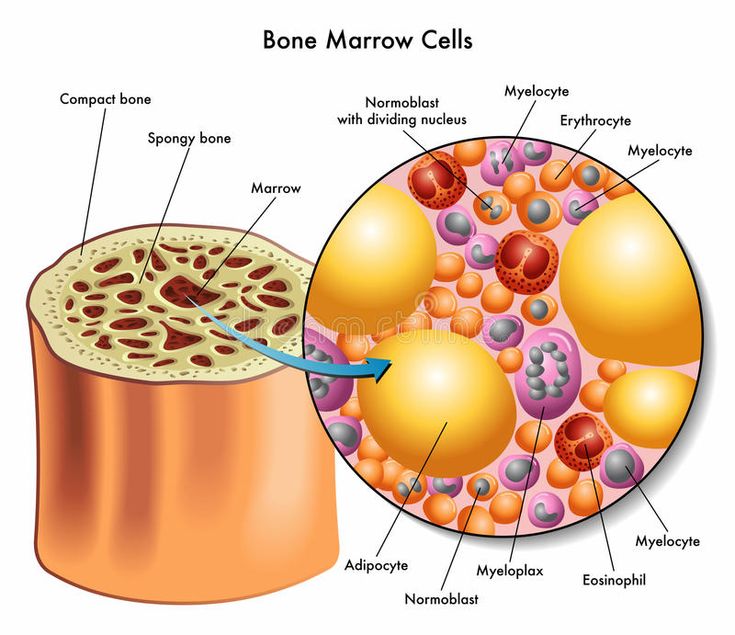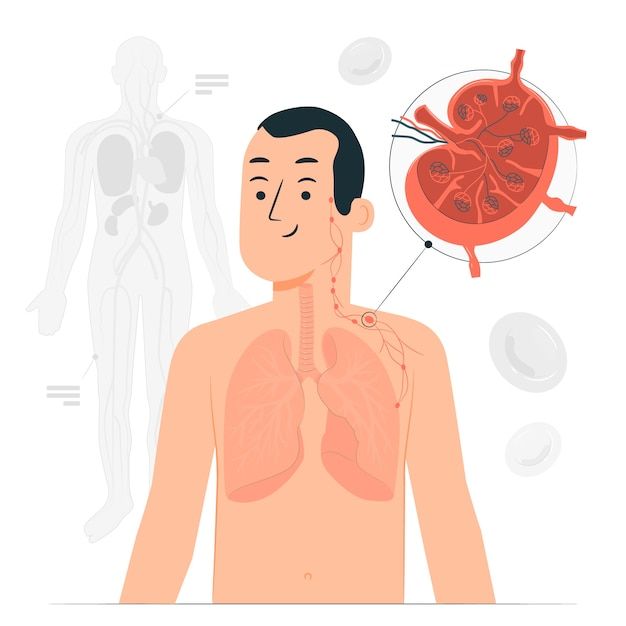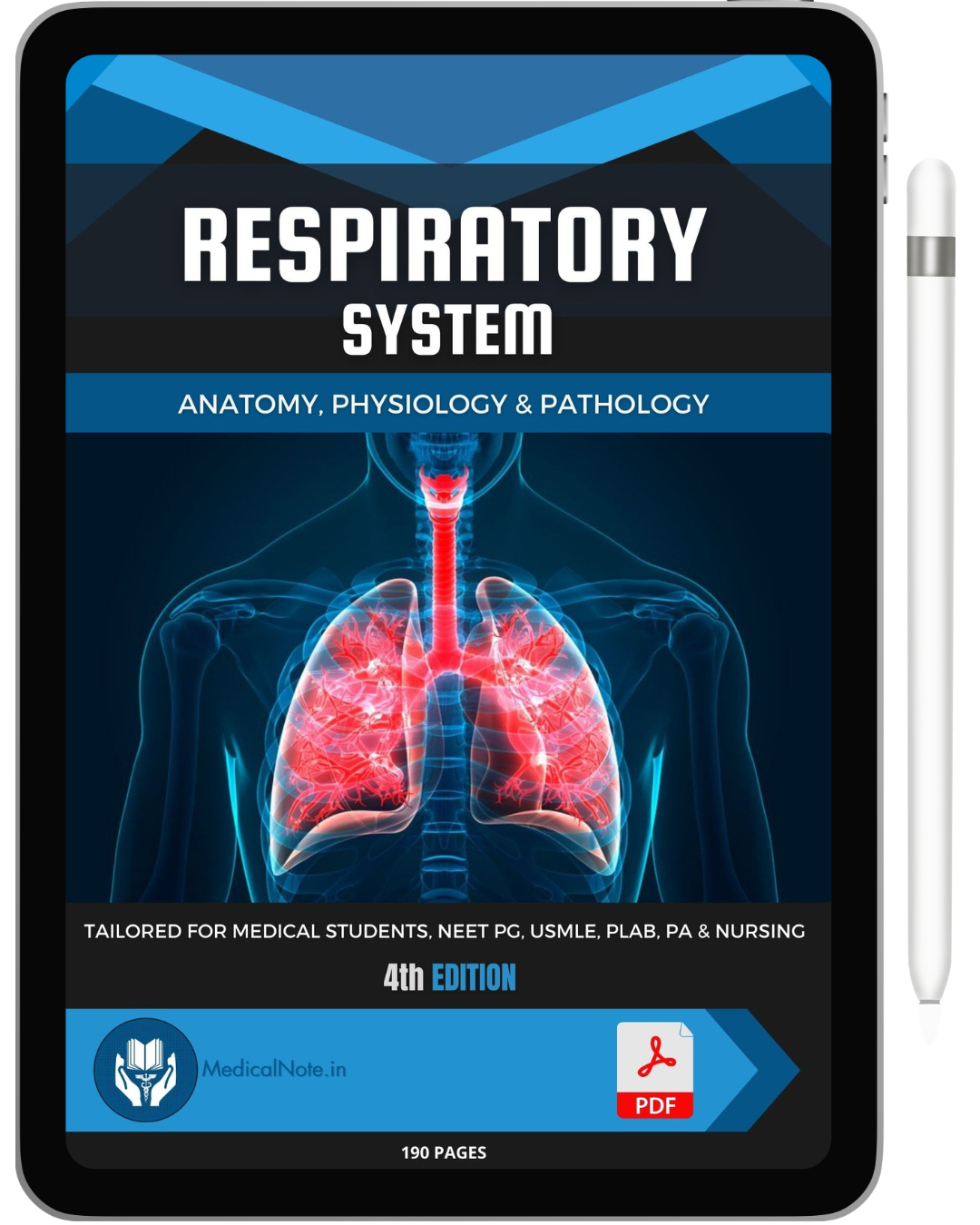Hemophilia is a rare genetic disorder that affects the blood's ability to clot, leading to excessive bleeding. This blog will cover the types of hemophilia, its symptoms, diagnosis, and the management strategies used to control the condition.
Body:
-
Types of Hemophilia:
- Hemophilia A: Caused by a deficiency in clotting factor VIII.
- Hemophilia B: Caused by a deficiency in clotting factor IX, also known as Christmas disease.
-
Symptoms:
- Prolonged bleeding from injuries or after surgery.
- Spontaneous bleeding into joints and muscles.
- Bruising and bleeding in the gums and nose.
-
Diagnosis:
- Blood tests to measure clotting factor levels.
- Genetic testing to identify mutations in the F8 or F9 gene.
-
Management and Treatment:
- Clotting Factor Replacement Therapy: Regular infusions of the missing clotting factor.
- Desmopressin (DDAVP): A synthetic hormone used in mild hemophilia A to increase factor VIII levels.
- Preventive Measures: Avoiding activities that can cause injury and regular physical therapy to strengthen joints.
Conclusion: Hemophilia requires lifelong management, but with proper treatment, individuals can lead relatively normal lives. This blog provides essential medical notes for students to understand this genetic disorder and its treatment options.



























